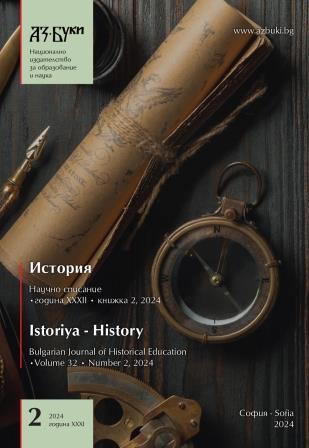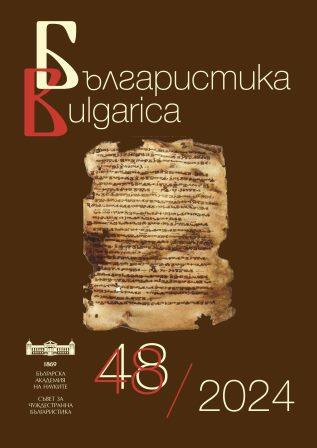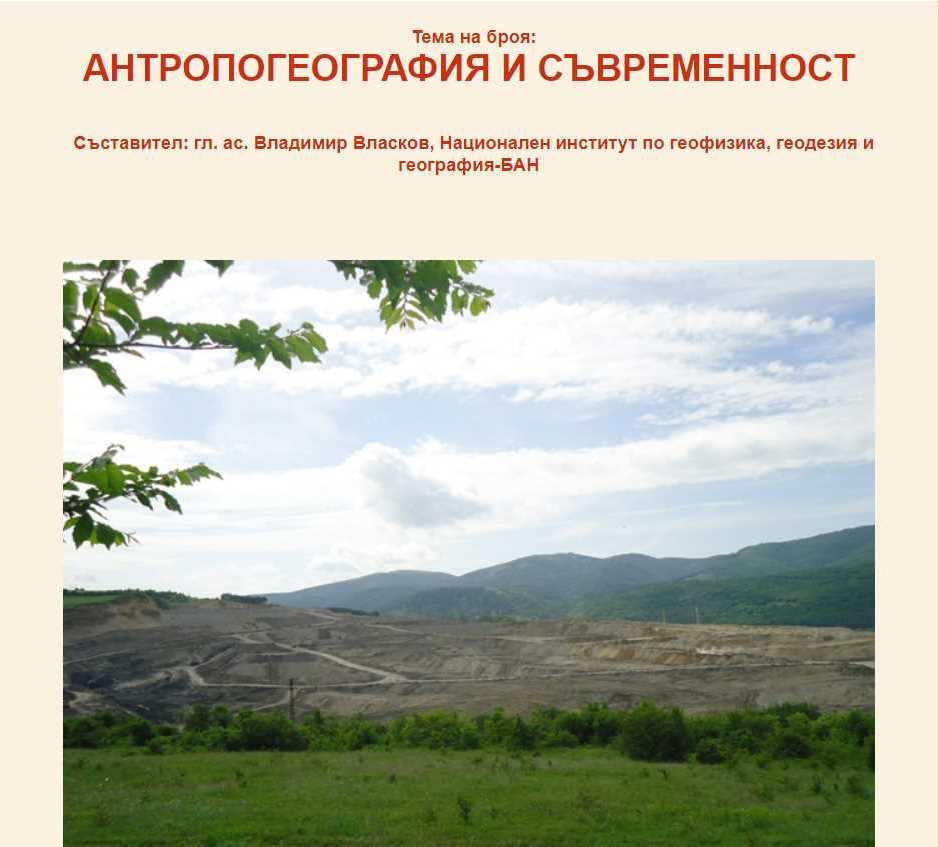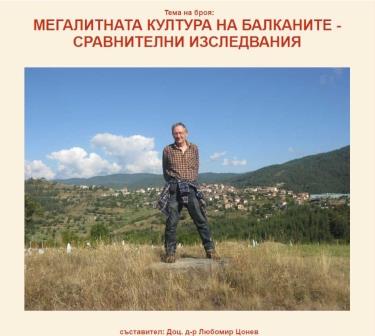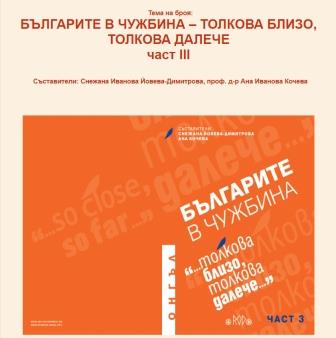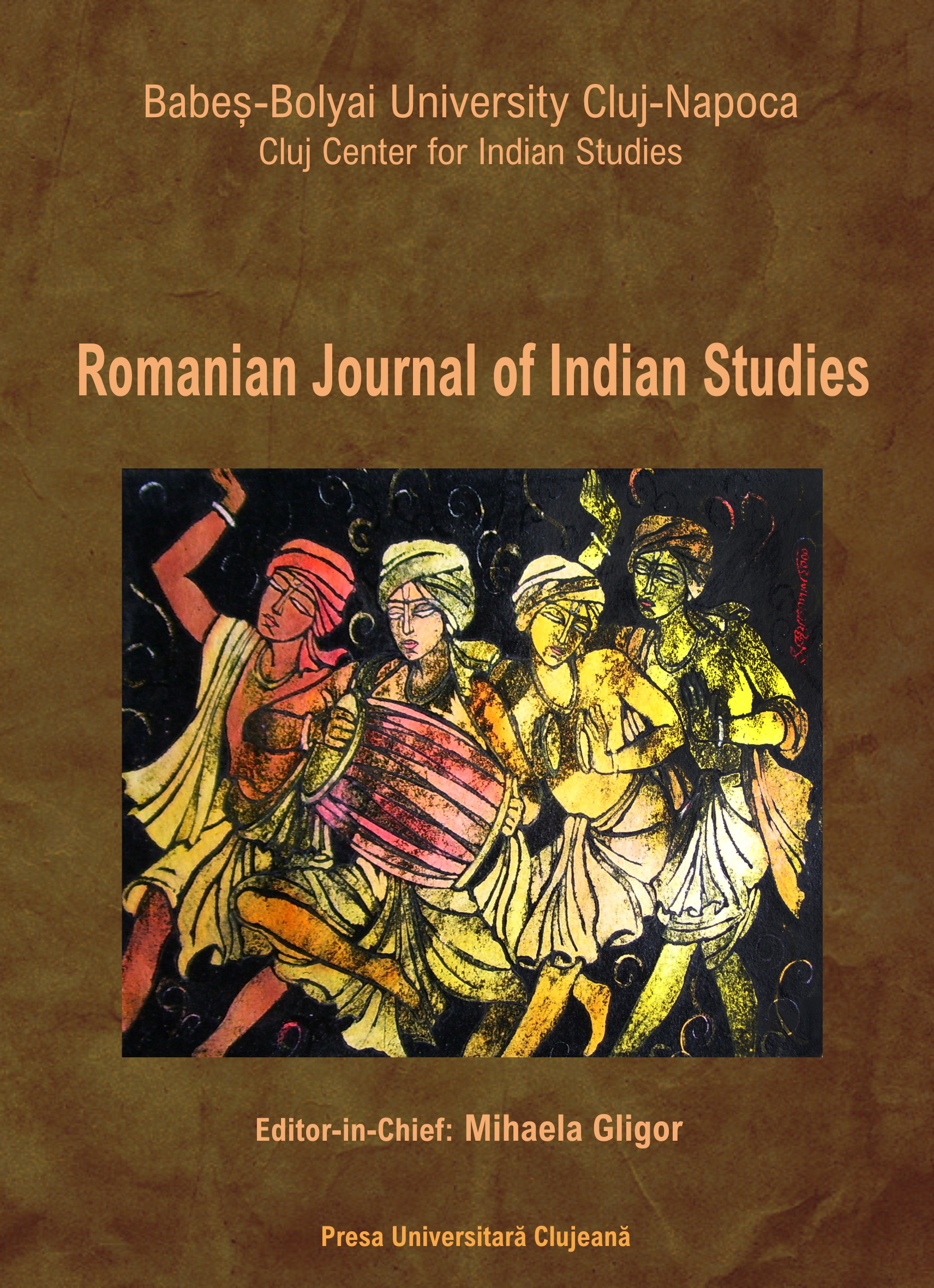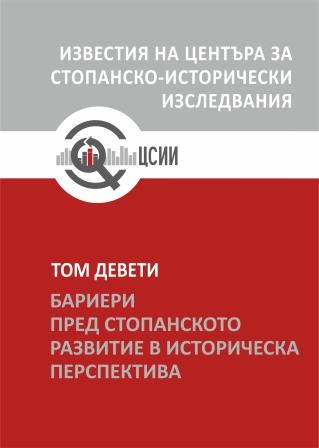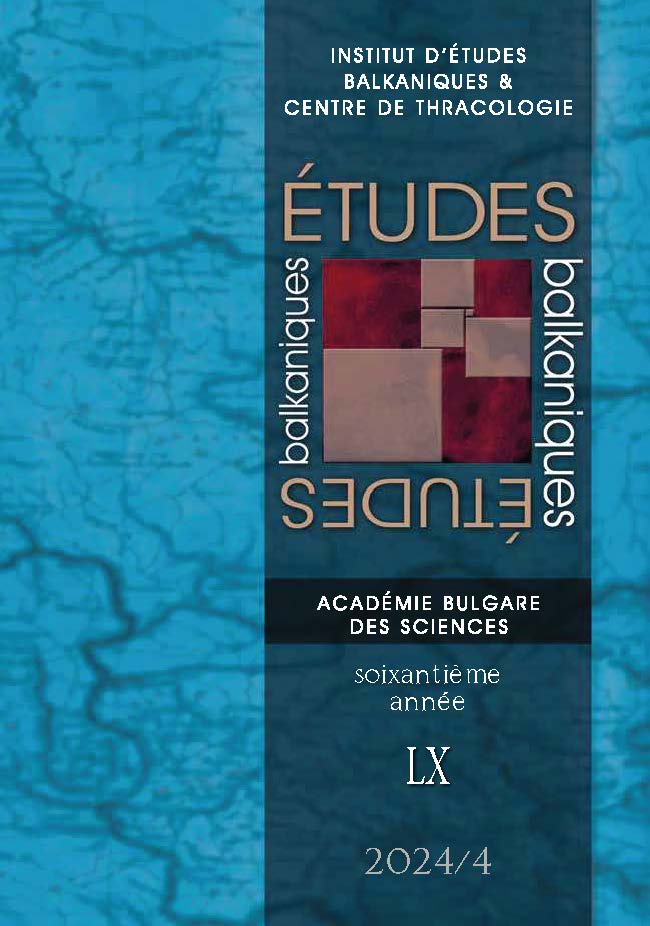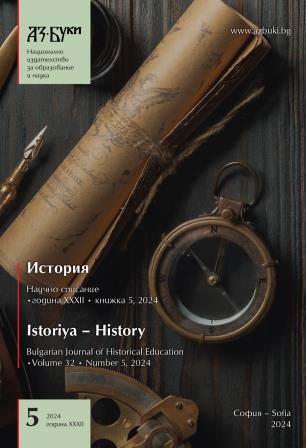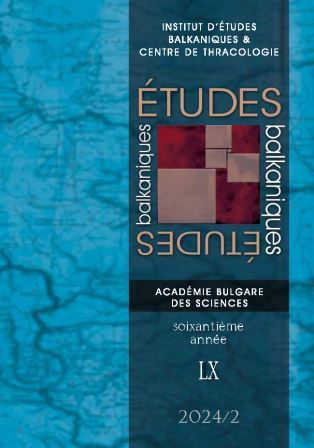
MEDIEVAL STUDIES IN THE ÉTUDES BALKANIQUES JOURNAL (2014 – 2023)
Articles and studies on medieval subjects featured prominently in the pages of Études balkaniques between 2014 and 2023. Conventionally they are divided into two larger groups, according to their focus on issues related to Byzantine and Bulgarian history. This overview begins with an outline of the studies relevant to the development of medieval Bulgaria. This category comprises the works of medievalists such as Vassilka Tăpkova-Zaїmova, Penka Danova, Sashka Georgieva, etc. Elena Kostova’s article on the possessions of the Athonite monasteries in the present-day Bulgarian town of Melnik also belongs to this set of themes as it throws a natural bridge to the extensive thematic range of Byzantine studies. Among the examined studies in this field are papers dedicated to the graffiti in the Constantinople Cathedral of Hagia Sophia, Byzantium’s ties to Southern Italy and Egypt, silk production, the empire’s political relations with its neighbours such as the community of the Cumans and other themes from the history of what came to be known as the “Byzantine cultural circle”, whose geographical reach extended up to the Caucasus and Russia. The overview ends with a discussion of two articles by Theodor Dimitrov, which examine the plague epidemics in Byzantium.
More...
